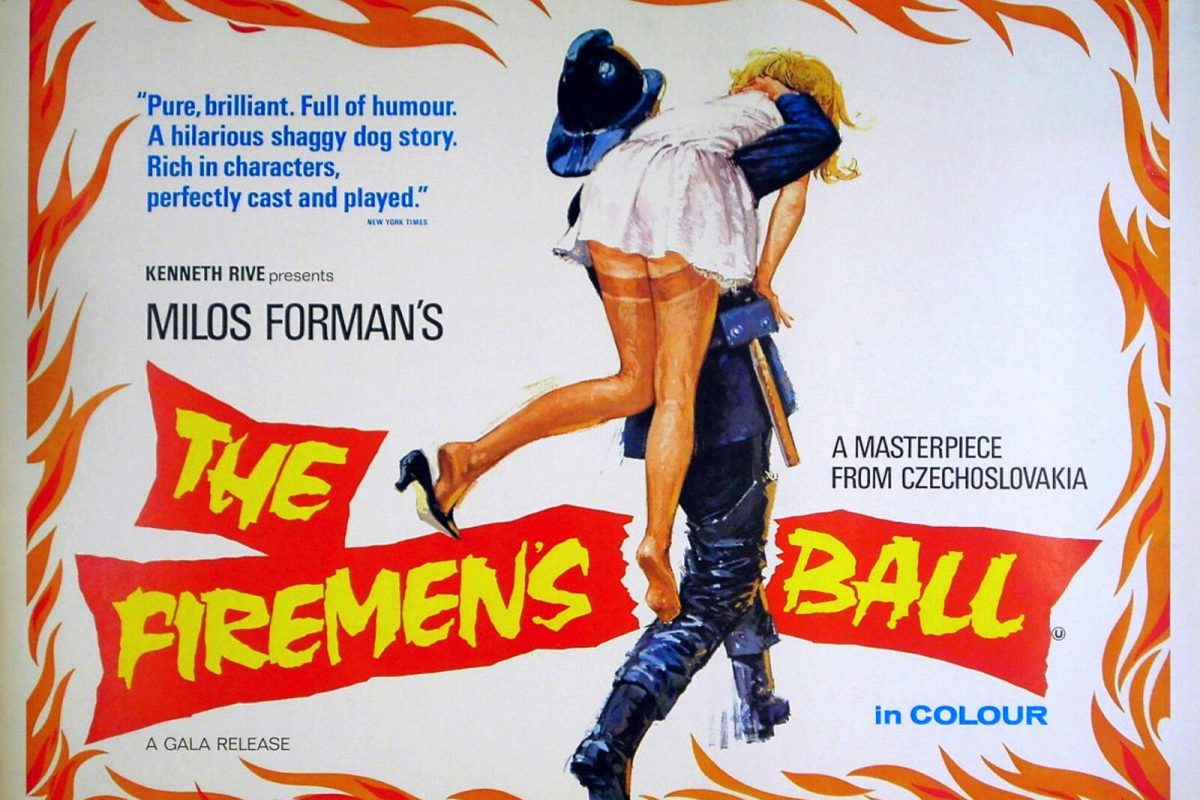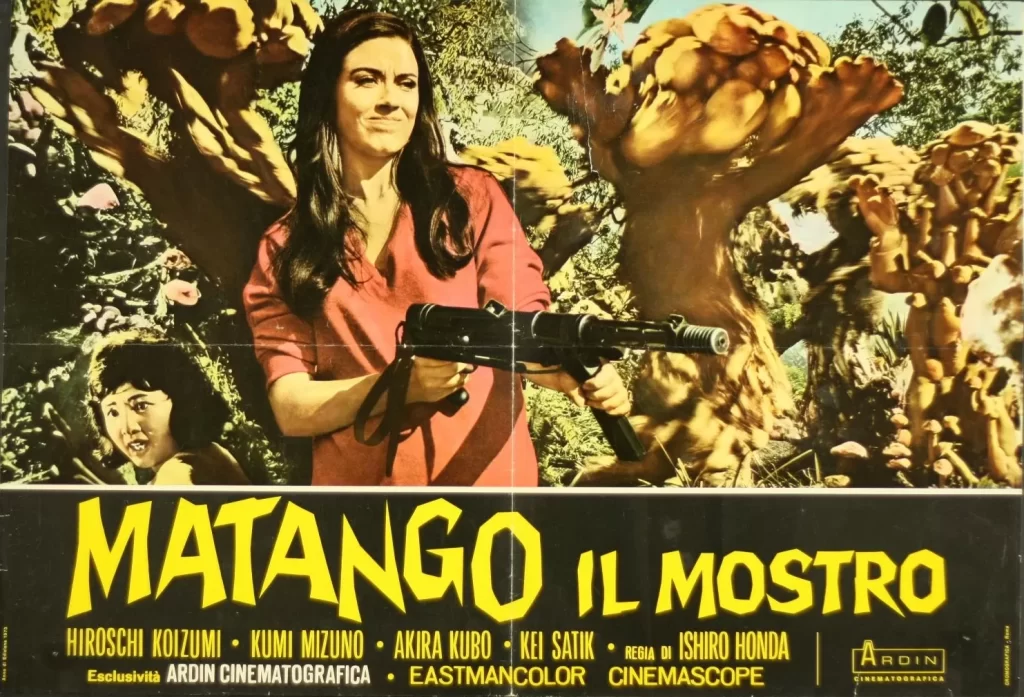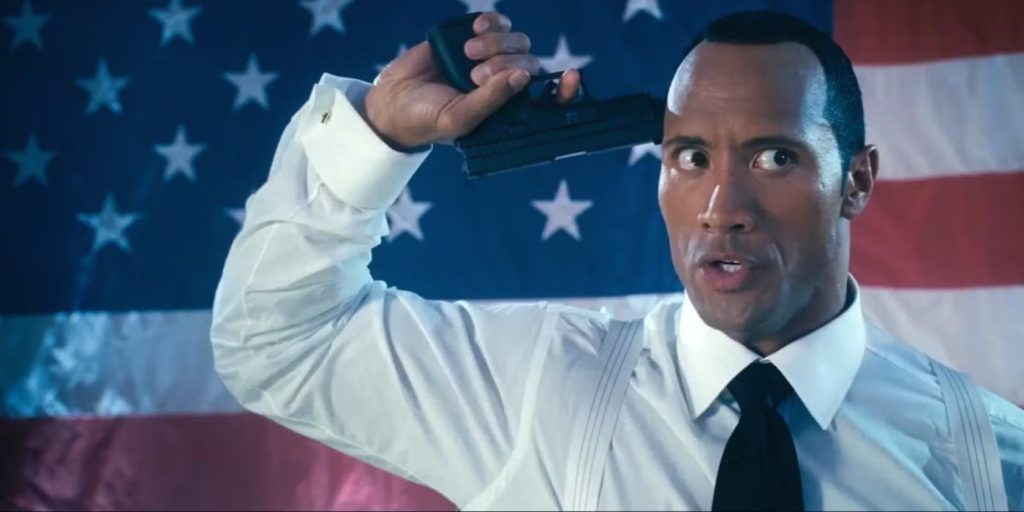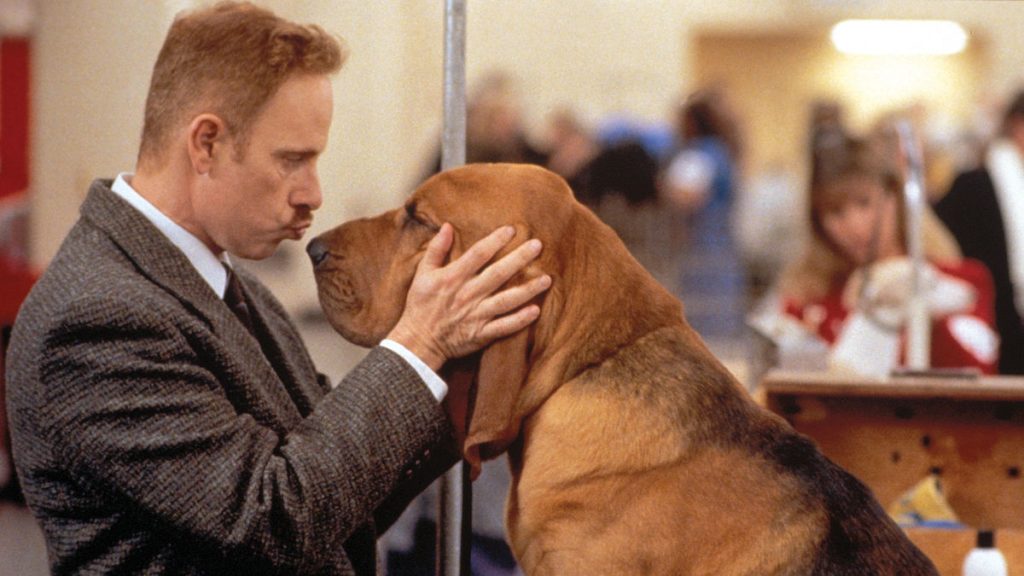In a 2001 video interview for Criterion, director Miloš Forman summarizes the difference between working in modern America and communist Czechoslovakia this way: “Commercial pressure means being at the mercy of the audience. Ideological pressure means being at the mercy of one or two idiots…I prefer commercial pressure,” he adds with a wry smile. But back in 1967, Forman was one of his home country’s most successful filmmakers. Loves of a Blonde, his 1965 dramedy, played to sold out theaters across Czechoslovakia and is now considered one of the pioneering films of the Czech New Wave. When it came time to make a follow-up, though, he and his collaborators were stumped. Feeling stifled in Prague, they decamped for a small town in Bohemia; in need of a break one night, they decided to attend a local celebration. It proved to be a font of inspiration, and The Firemen’s Ball was born.
Forman long maintained that Ball was not intended to be read as a straight allegory of any particular government. “Everybody has the best intentions,” he’s quoted as saying in Peter Hames’s book The Czechoslovak New Wave. “But suddenly things turn out in such a catastrophic way that, for me, this is a vision of what’s going on today in the world.” For this group of hapless volunteer firemen, catastrophe is evident from the start. Before the party has even begun, someone has stolen a chocolate cake from the raffle prize table and the banner has caught fire. The night’s star attraction is the department’s eighty-six year old honorary president who was recently diagnosed with cancer, though it’s unclear if he’s been informed of it yet. “If he doesn’t know, we’re not going to tell him,” the other men agree. This is just the first of many episodes of blame passing and petty arguments that make up the bulk of the film’s fleet seventy-three minute runtime.
Forman shot in a real Palace of Culture in Vrchlabí, and the majority of the cast were non-professionals culled from the local townspeople and fire brigade. This gives Ball an lived-in, almost documentarian quality; each frame is bursting to the brim with interesting faces and authentic details. As the night wears on and grows in raucousness, the firemen concern themselves with finding eight suitable candidates for their Miss Firemen contest among the young women in attendance. But like everything else, this process is handled with exquisite ineptness as each judge has differing opinions on the best attributes of said candidates and how best to observe them, not to mention the constant haggling from parents who want to make sure their daughters are included in the ranks. The camera often takes the men’s point of view in these moments, making the audience both uncomfortably complicit in the ogling that they do and unwitting recipients of the contempt the girls feel for them. Understandably, the young women are reluctant to participate and the ceremony erupts into chaos as they hide in the ladies room which the firemen, ever compliant, won’t enter.
It’s not all blundering anarchy, though, and there are consequences to these men’s incompetency. When a real blaze interrupts the festivities, the firemen are unable to get their new engine to work and resort to throwing snow onto the flames while the old man they carried out of the house against his will watches it burn to the ground. Later, they will attempt to give him the raffle tickets in a show of support but, tellingly, the M.C. can’t think of the word “solidarity.” All the prizes have been pilfered by then anyway.
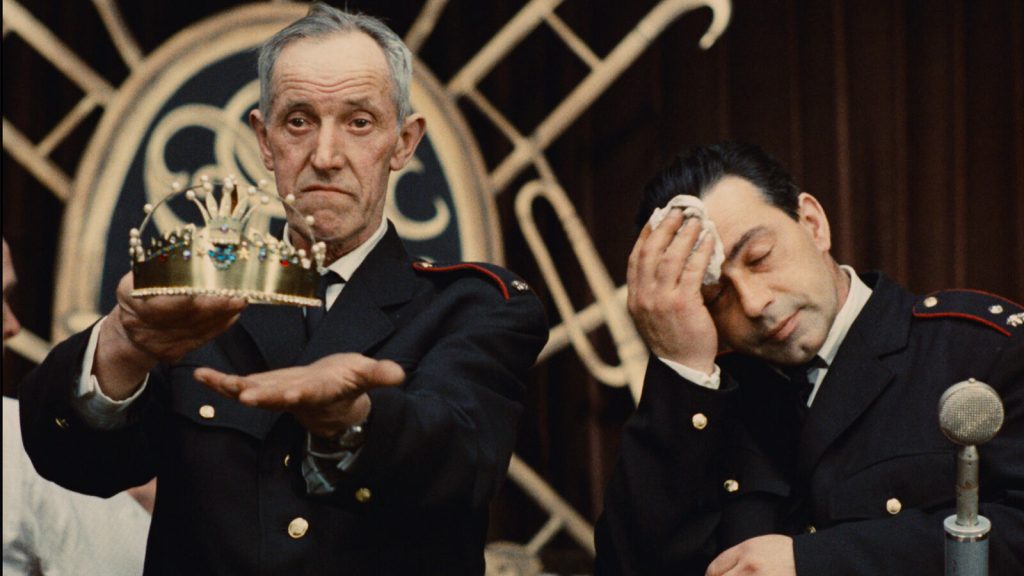
Haunting moments like these make the reactions Forman received from Czech censors, who claimed the film ridiculed the working man, all the more perplexing, though perhaps not surprising. It’s practically a requirement of great satire that it be misread by its targets. But the best satirists are also humanists, and Forman clearly has a certain amount of affection for these bumbling bureaucrats—or at least a thorough understanding that all governmental bodies are flawed because they’re made up of people, who are venal, self-righteous, and occasionally well-meaning. This is hardly unique to his place and time. “The prestige of the brigade is more important than my honesty,” a fireman insists late in the film, which sounds like something that could be said in the Senate today.
Still, many in his country didn’t agree. Before Ball was even released, Forman faced ten years in prison for “economic damage to the state” after his producer Carlo Ponti pulled his financing. But the director had some friends in high places, and after he showed the film to Claude Berri in Paris, it was passed along to François Truffaut who bought the international rights. After being shelved for a year, the film was playing in Czech theaters when the Russians rolled their tanks in and subsequently banned it “forever.” It was thanks to the efforts – and funds – of Truffaut that Ball received distribution in the west. Forman left Czechoslovakia in 1968 and never made a film there again.
He was lucky. While Forman went on to become a successful, Oscar-winning director in America, many of his New Wave compatriots, whether by choice or circumstance, stayed behind, continuing to make work that had to pass the muster of one or two idiots. By the early ‘70s, the movement had mostly been stifled, never quite achieving the influential reach of its French and German counterparts. One wonders what other subversive masterpieces have been lost, or never got made in the first place. Nevertheless, The Fireman’s Ball serves as a reminder that making radical art is possible even in a totalitarian environment. We just have to be willing to offend a few sensibilities along the way.
“The Fireman’s Ball” is streaming on the Criterion Channel.
